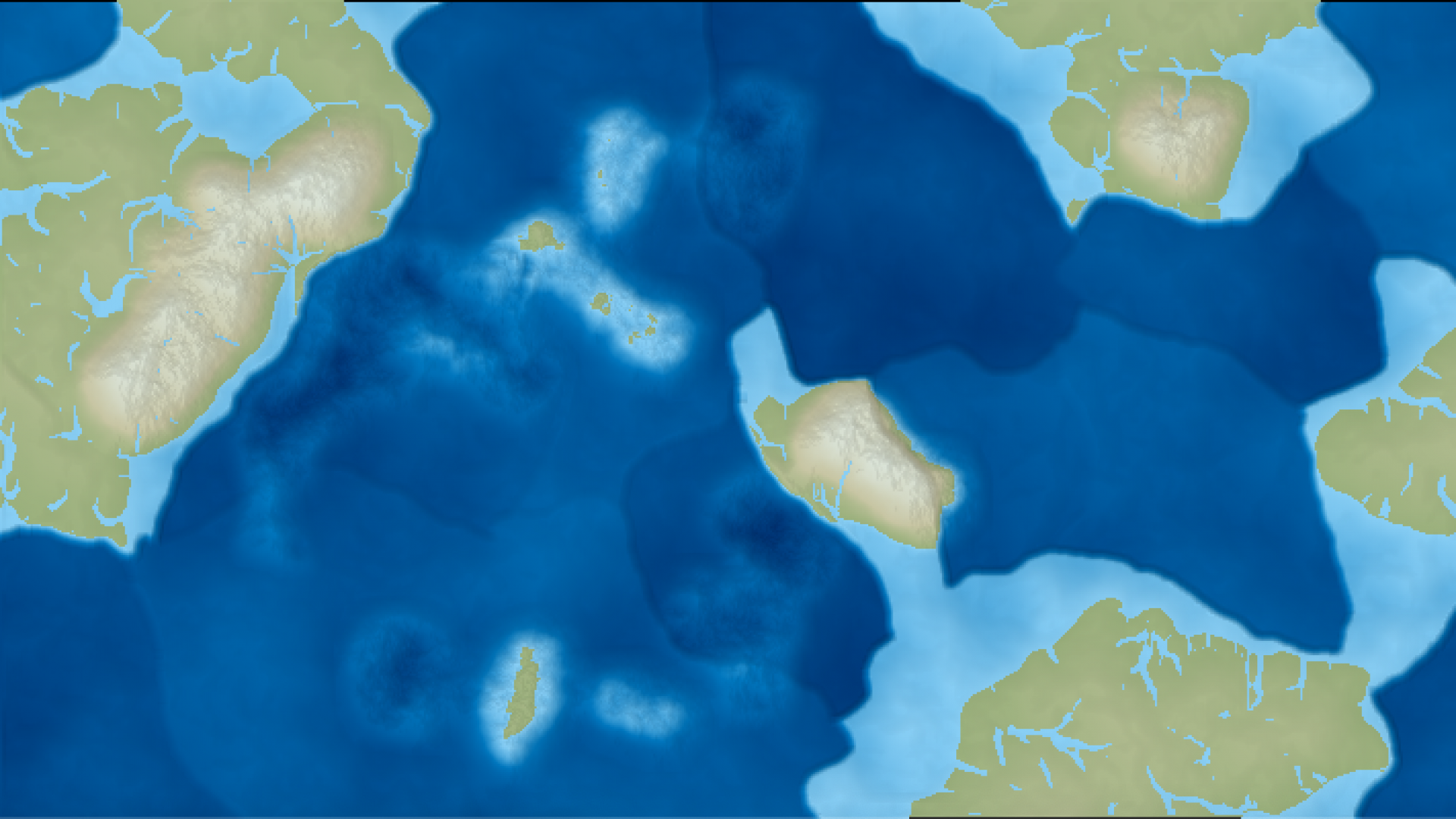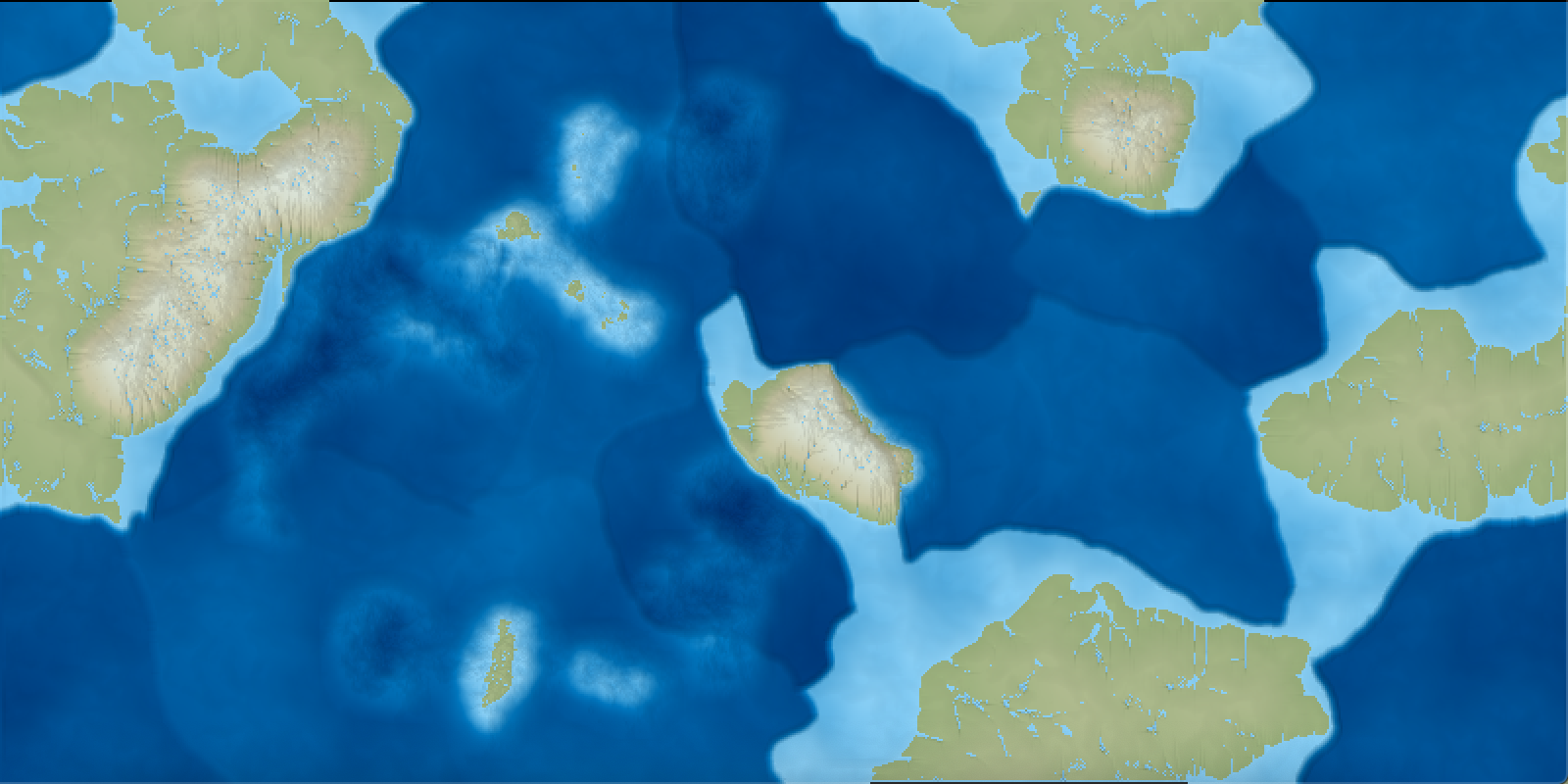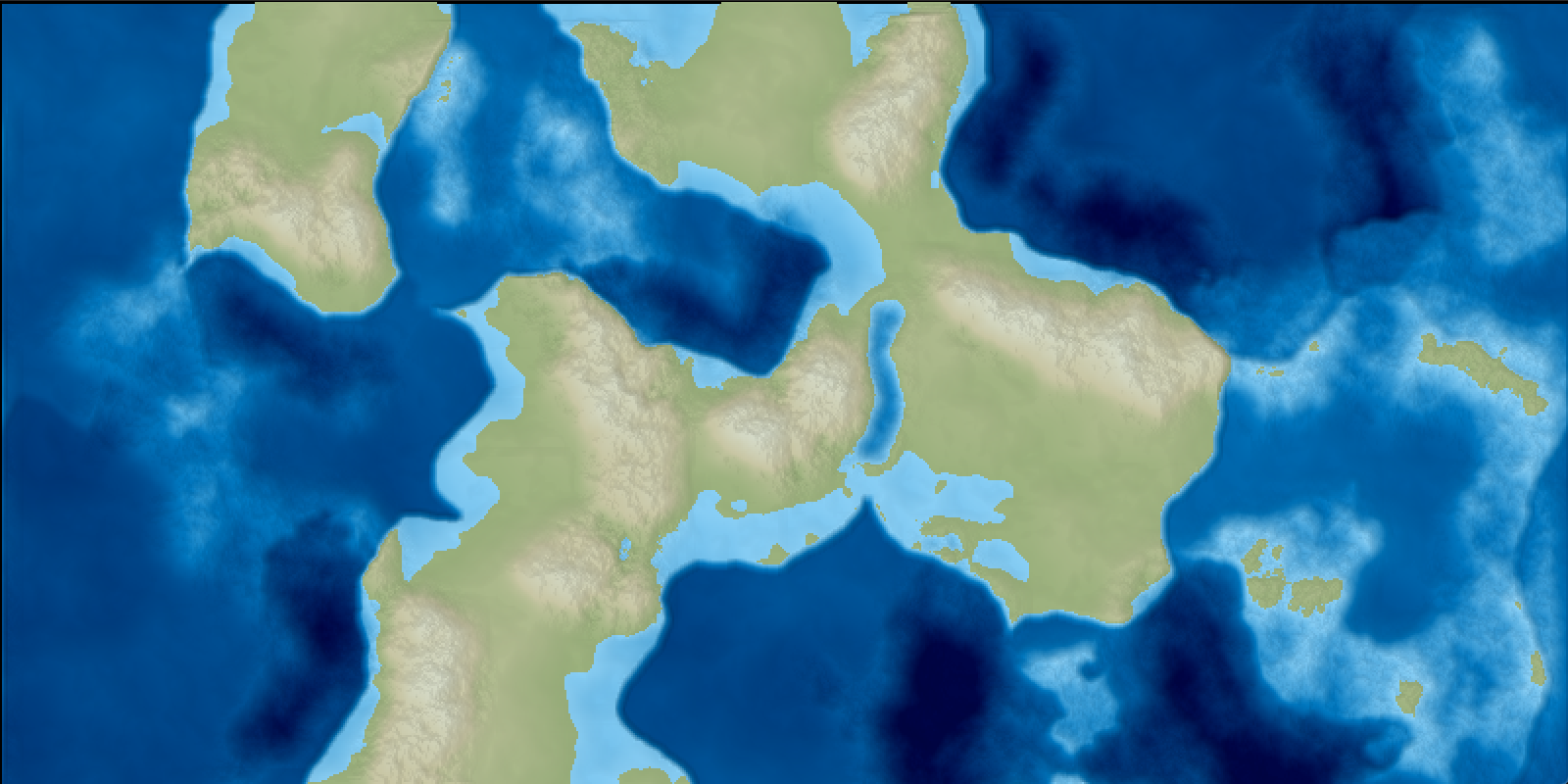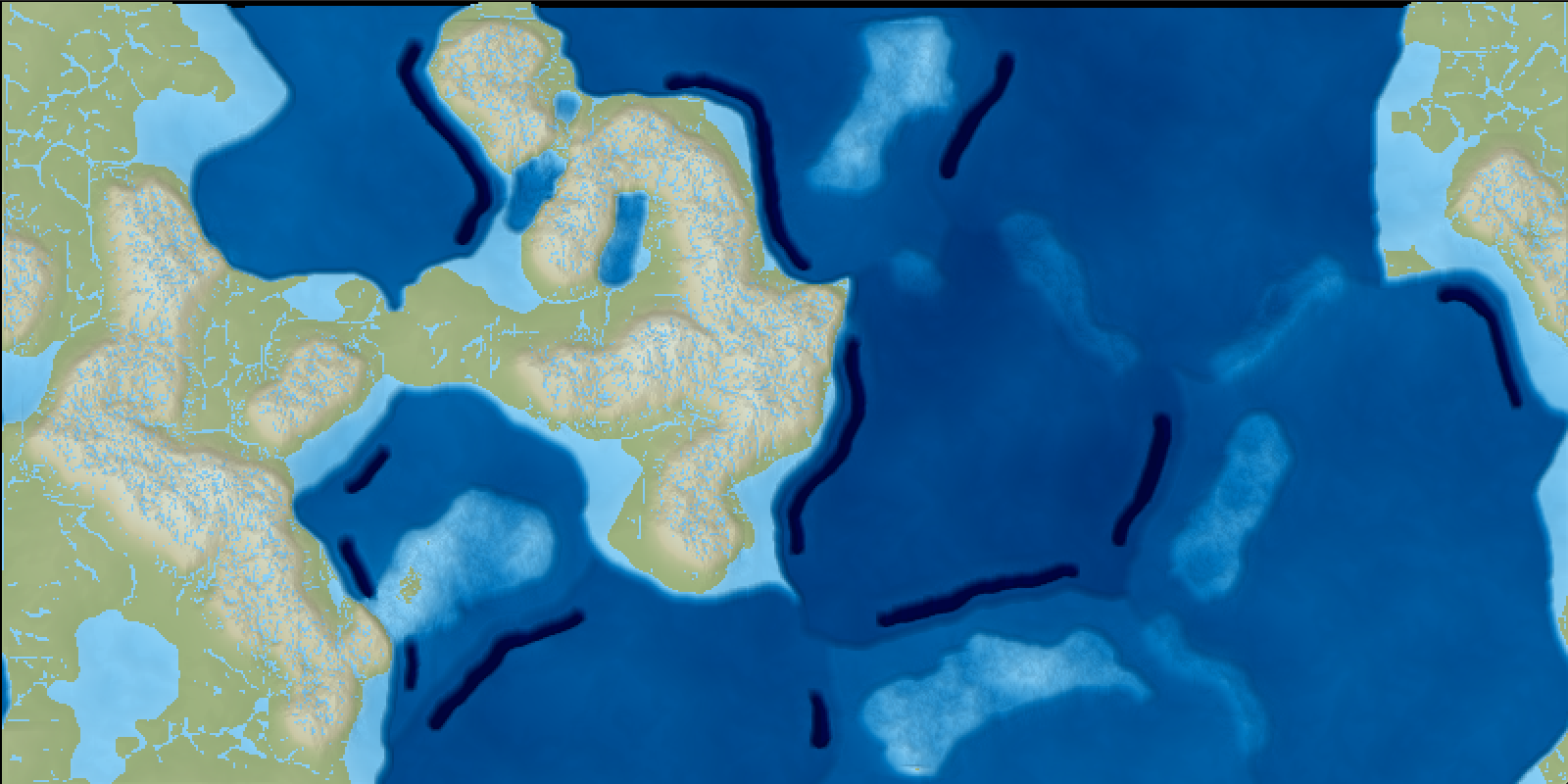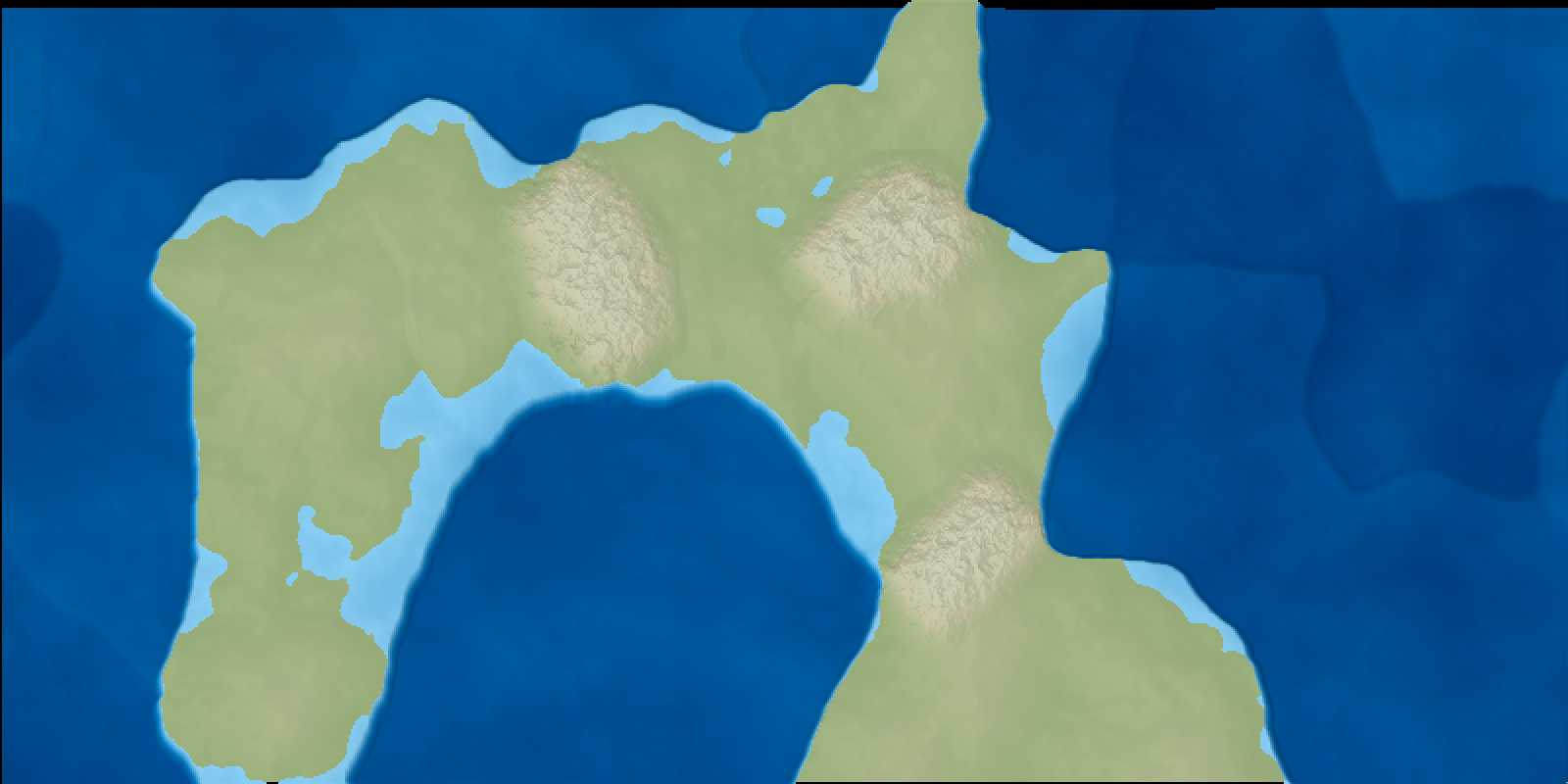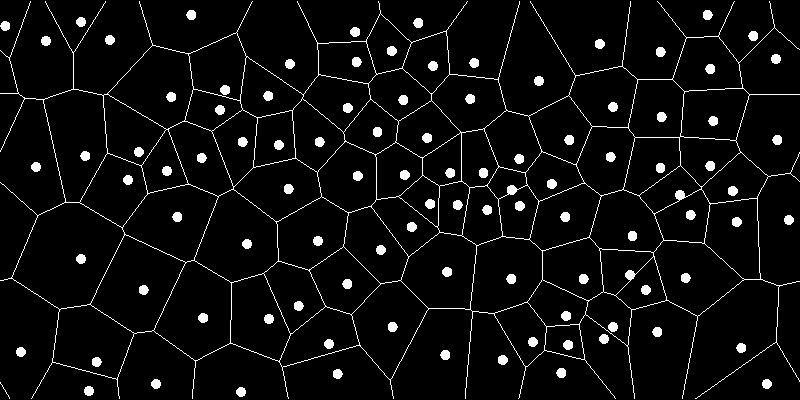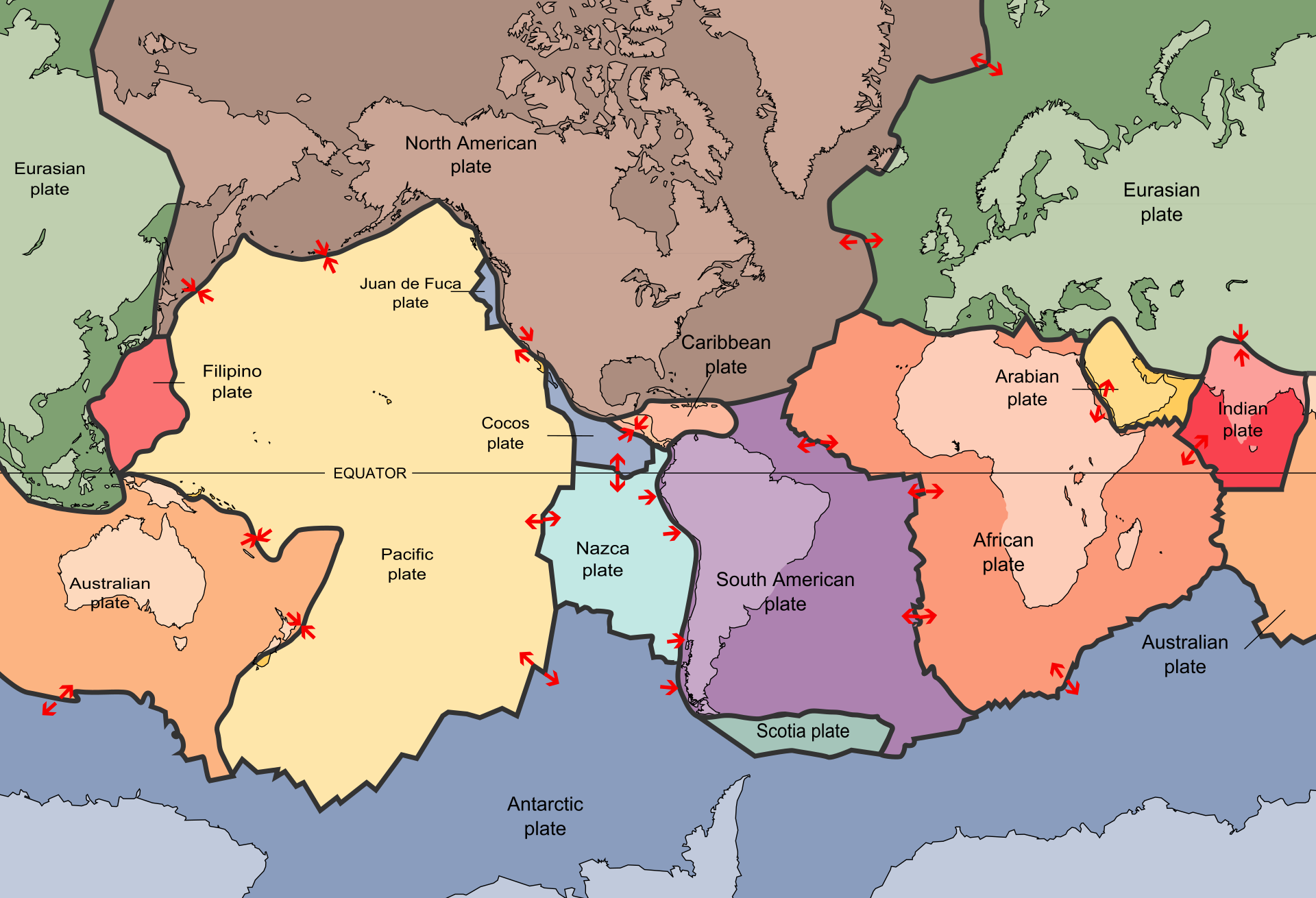Climate 2: Rivers and Erosion
Posted onI’m doing this a little out of order. Why groundwater and erosion first? Modeling the water layer on and in the ground is an isolated section of climate simulation. Whereas the air modeling has interdependent parts (radiation, convection, etc.), the groundwater system is self-contained except for precipitation and evaporation. I can easily implement a dummy […]

